Here’s a list of flower names that begin with the letter H. With an emphasis on common and easy to grow varieties:
Hardy Hibiscus
Hibiscus Hardy hibiscus is a variety of hibiscus which can be grown in many parts of the world.
The name is given because these varieties grow well outside in various regions spanning Canada, northern United States, Europe, Asia, and Australia.
Hardy Hibiscus has lovely flowers ranging from white-pink to deep reds and purples.
While hardy, if conditions are not optimal they will slow down in growth speed.
The hardy hibiscus attracts butterflies and is pretty easy to grow.
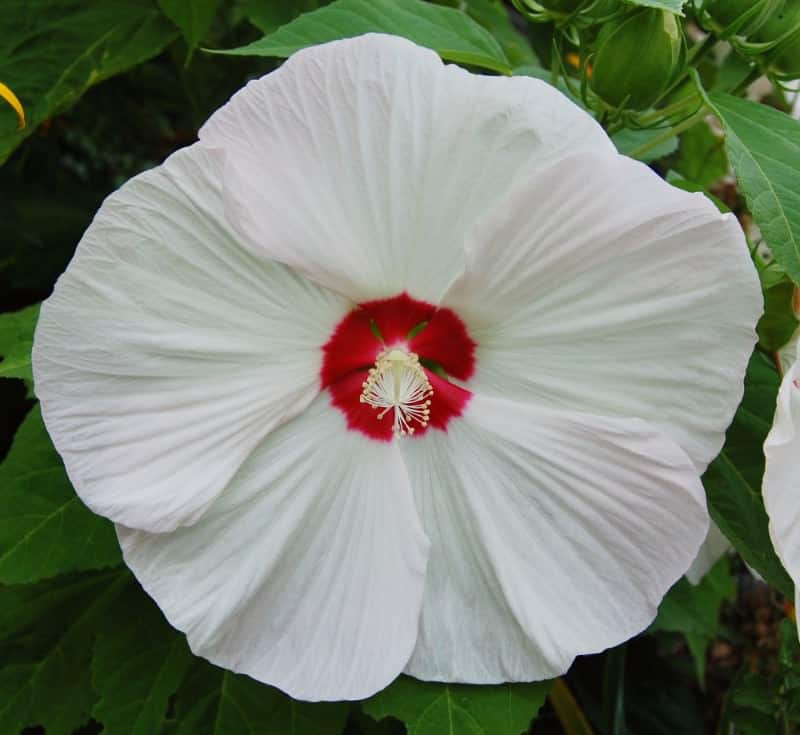
Heather
Heather flower is a flowering plant that belongs to the family Ericaceae. Heathers can be found growing wild throughout the Northern Hemisphere and South Africa.
Heather flowers may vary in color from pink to white or purple, which depends on species and hybrids; there are over 100 different species of Heather flowers.
Either way, they grow in dense clusters.

Heavenly Bamboo
Heavenly Bamboo (Nandina domestica) is a species of Nandina in the family Berberidaceae, native to eastern Asia in Japan and southeastern China.
Nandina domestica is a deciduous shrub growing 1–2 m tall by 0.5–1 m wide, though under some conditions it can be semi-evergreen down to −15 °C.
The leaves are alternate, evergreen in warm winter climates such as southern Europe and California but deciduous in cold winters; they are green when young turning red then glossy dark green by autumn.
In springtime, they bear spherical flowers.
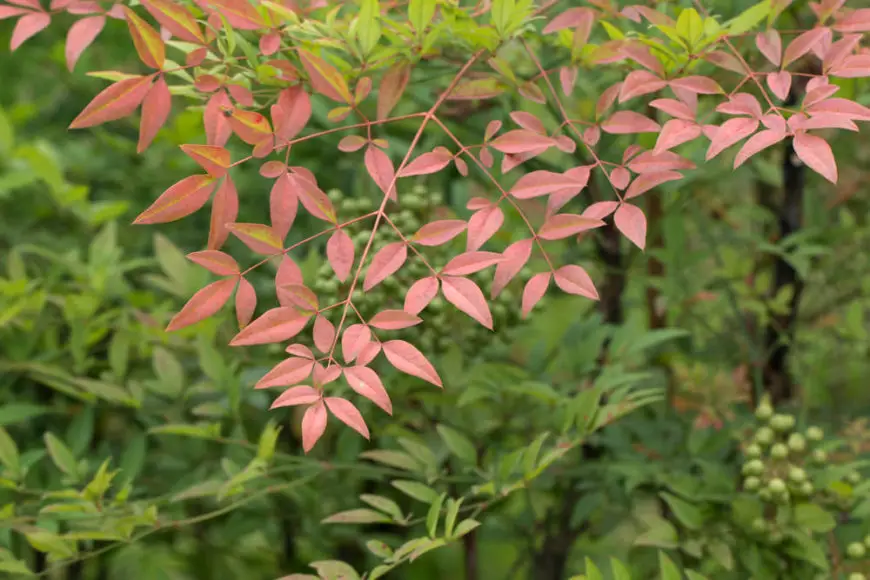
Hebe
Hebe is a genus of flowering plants in the family Plantaginaceae. The genus Hebe belongs to the subfamily Hebroideae, natively New Zealand and South America.
Hebes are low-growing evergreen shrubs with palmately lobed leaves with woolly undersides, mostly in deep shades of blue green, although some species have yellowish or grey-green foliage.
Their tubular flowers range from purplish to white or yellow, often with contrasting redd or brown markings.
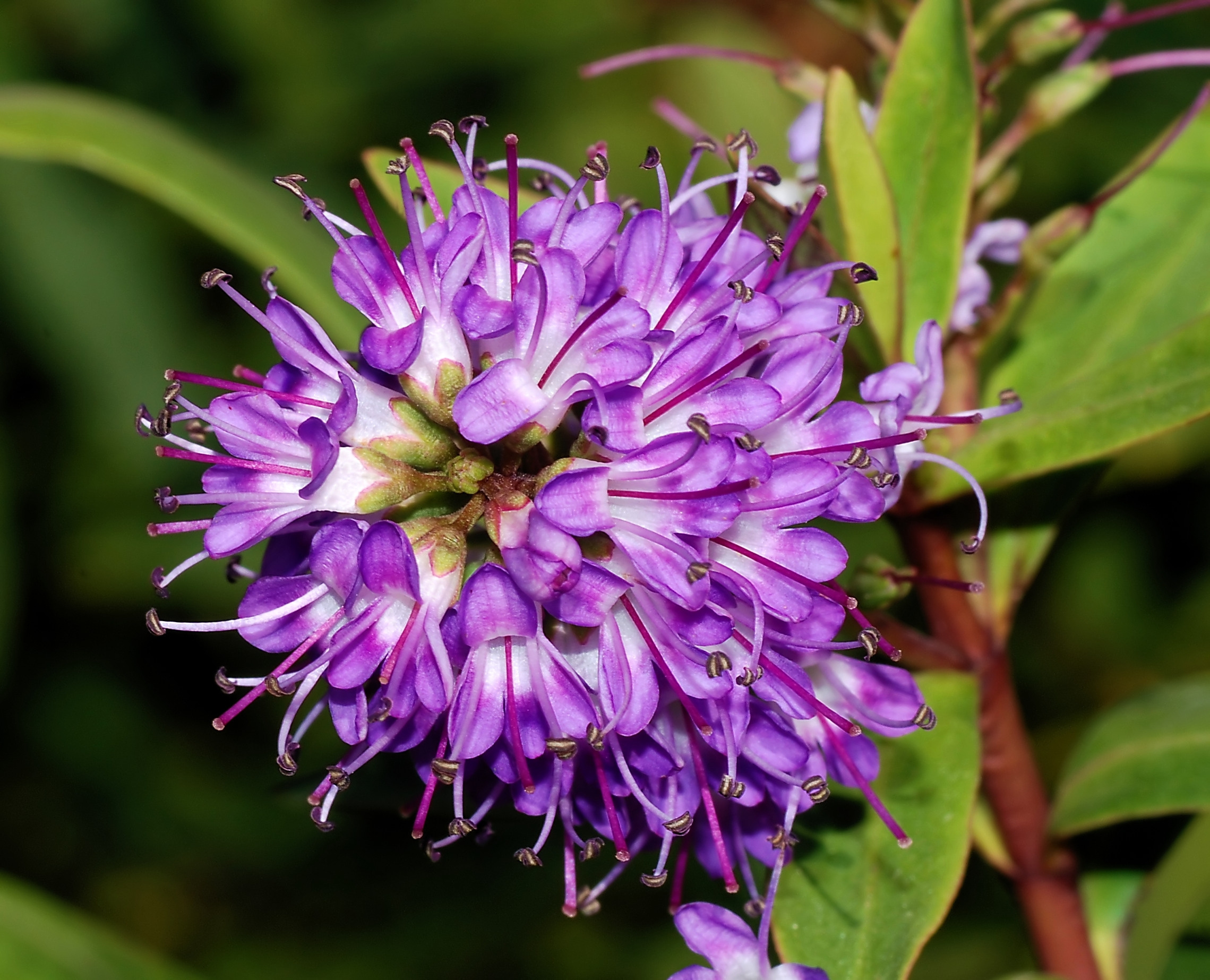
Helenium
The Helenium is a lovely flower that can be planted in either the spring or autumn. It is available for planting during April and May (in the U.K.), or September and October (in the U.S.).
Helenium can grow up to around 60cm / 2ft to 2m / 7ft in height, with flowers that are daisy-like in appearance, although not all Heleniums have petals of this shape.
Heleniums can come in many different colors ranging from yellow to orange to red depending on the variety grown.
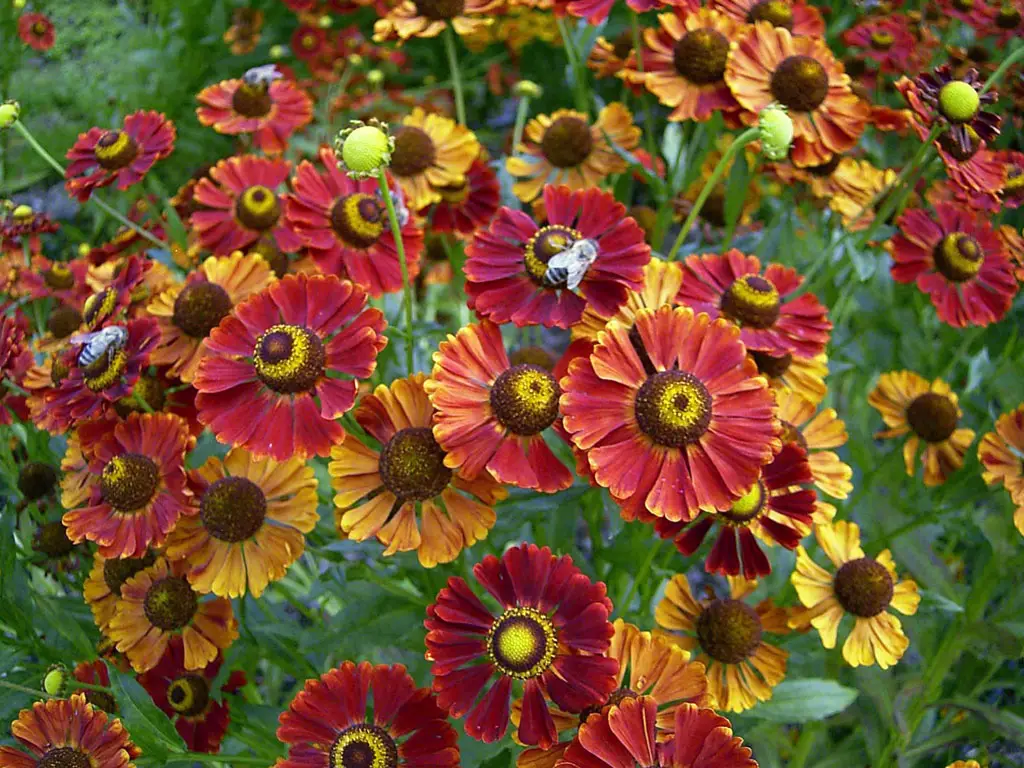
Heliotrope
This Heliotropium is a common flower in the Heliotrope genus, Heliotropium arborescens.
It is native to southern Europe, northern Africa, and southwestern Asia, typically growing in subtropical scrubland.
It is known as one of the most widespread Heliotrope species, commonly cultivated throughout the world.
The Heliotropium arborescens can grow to about 2 feet in height and width.
It has pretty purple flowers that are about an inch long with five petals. Heliotropium arborescens is a perennial plant that grows year after year.
These flowers are renowned for their strong, vanilla-esque fragrance.

Hellebore
Hellebore is known for its beautiful flowers and medicinal properties. Hellebore belongs to the family of Helleboraceae in the genus Helleborus.
Hellebores grow in temperate climates where they prefer shade and moisture during summer and full sun during winter.
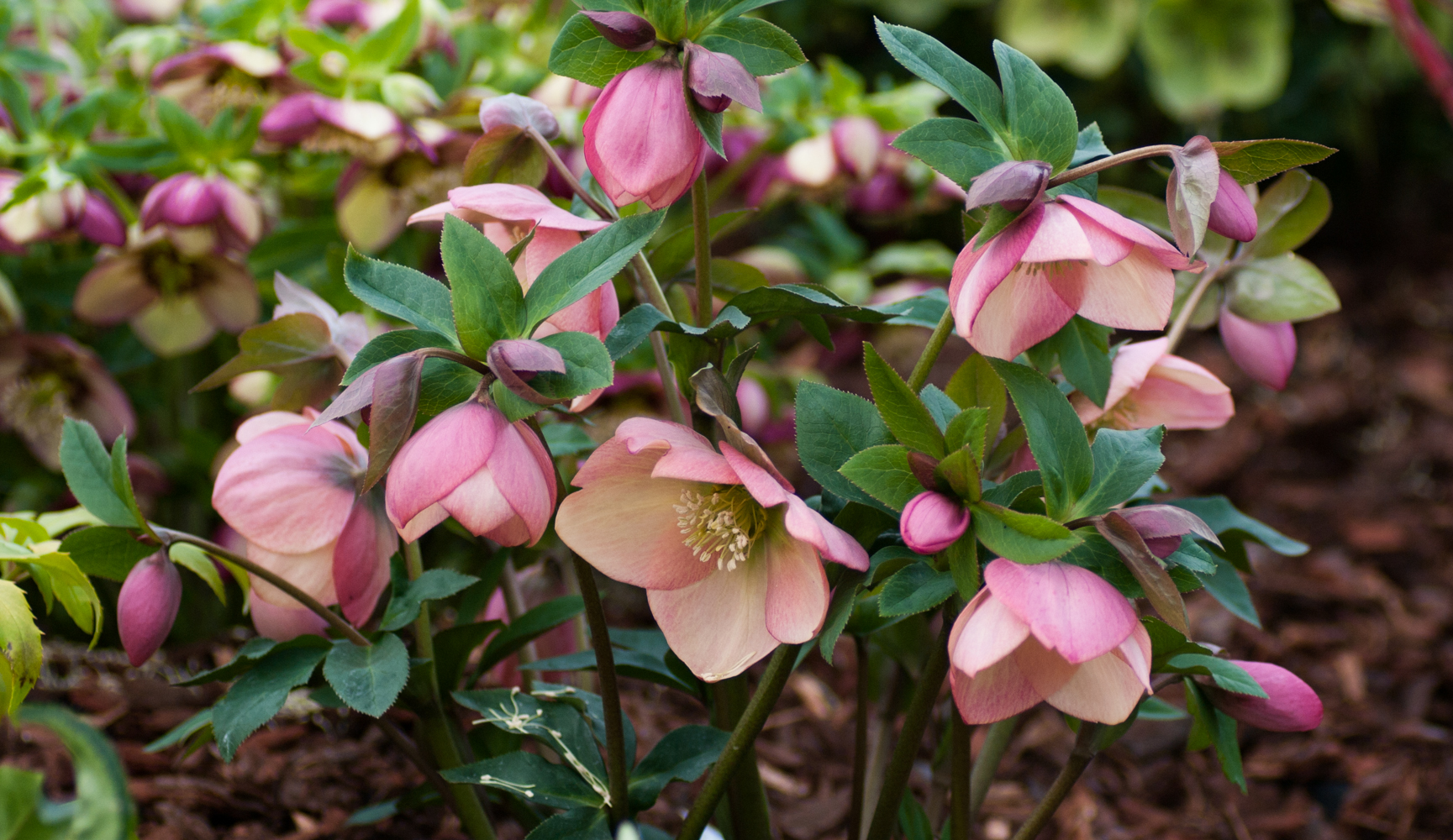
Hepatica
The Hepatica (Hepatica spp.) is a perennial woodland plant, known to be one of the earliest spring flowers.
Hepaticas are closely related to Anemone spp., only differing in having petals that are unequal in size, and fruits with persistent sepals.
Hepaticas grow well under moderate shade or full sun along moist soils.
Hepatica nobilis should be planted in early fall for flowering during mid-spring.
The Hepatica flower can range from white to purple colors, but normally has blue colors within its petal ovules, which actually connect together at their tips to form small chambers while closed. The Hepatica usually holds itself tightly against the ground while blooming.
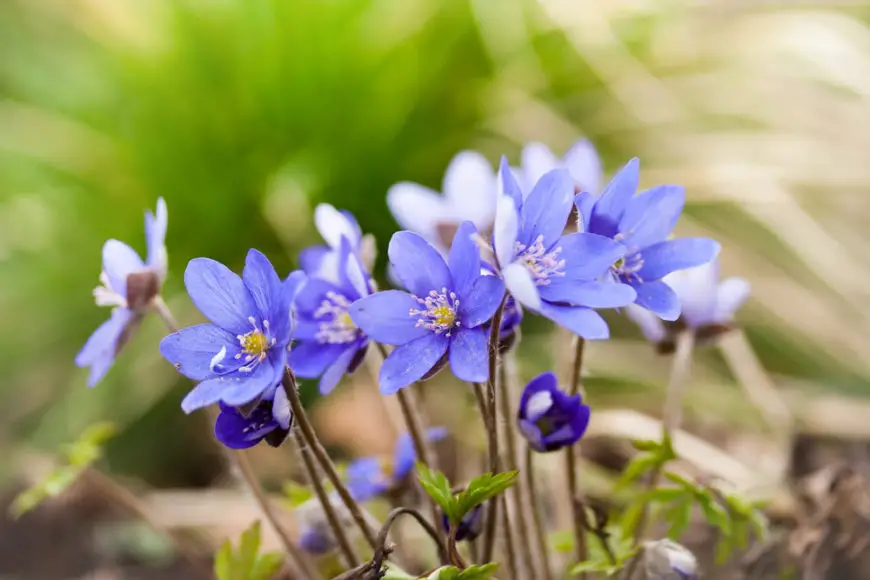
Hibiscus
The Hibiscus is a flowering plant of the mallow family Hibiscus family (Malvaceae).
Hibiscus flower has five petals and bright colors, this pattern makes Hibiscus flowers are easy to recognize.
Hibiscus flower different shades of white, pink, red, and purple color with yellow spots inside each petal Hibiscus.
It typically blooms in the summer months.
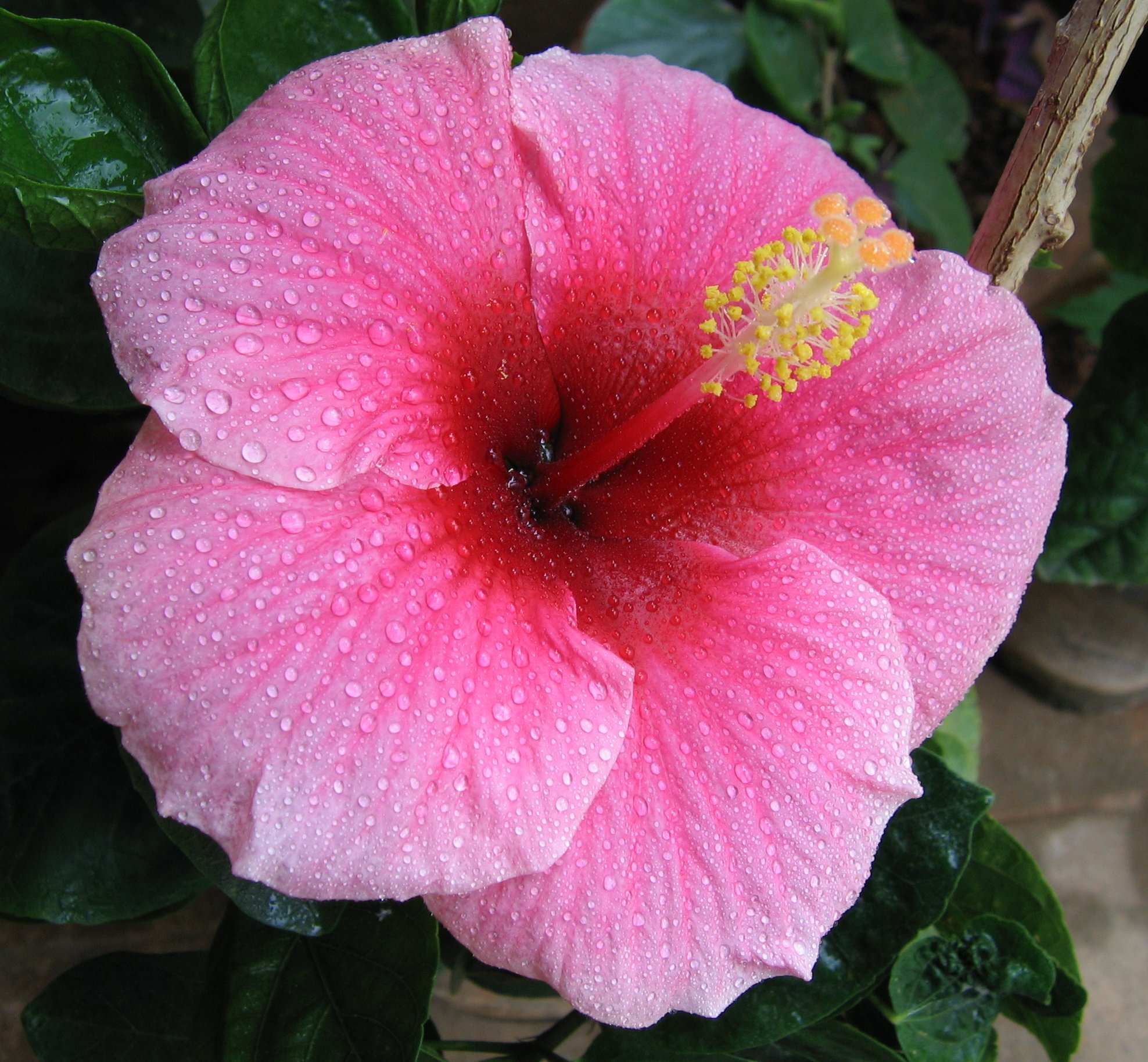
High Mallow
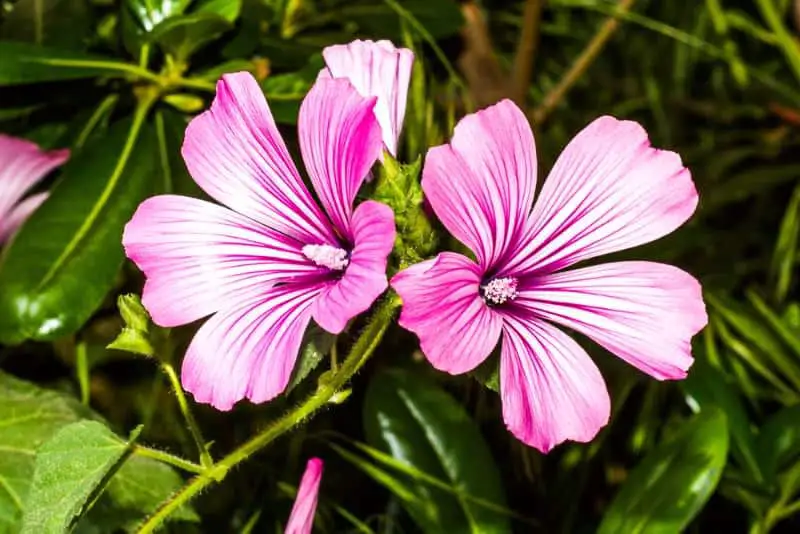
Highbush Blueberry
Highbush Blueberries are native to North America. Highbush blueberry plants grow in woodlands, swamps, and other moist areas throughout the northern U.S.
Highbush blueberries are shrubs that bear grape-sized fruit on arching stems.
Highbush blueberry plants were once only grown as ornamental plants, but now they are widely cultivated for their high-quality fruit.
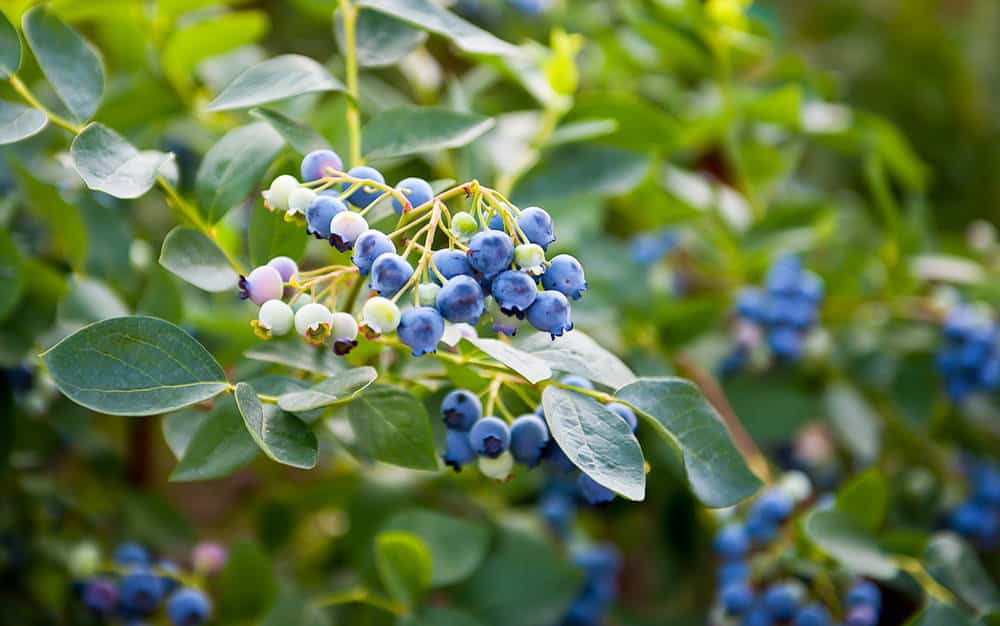
Hollow Root
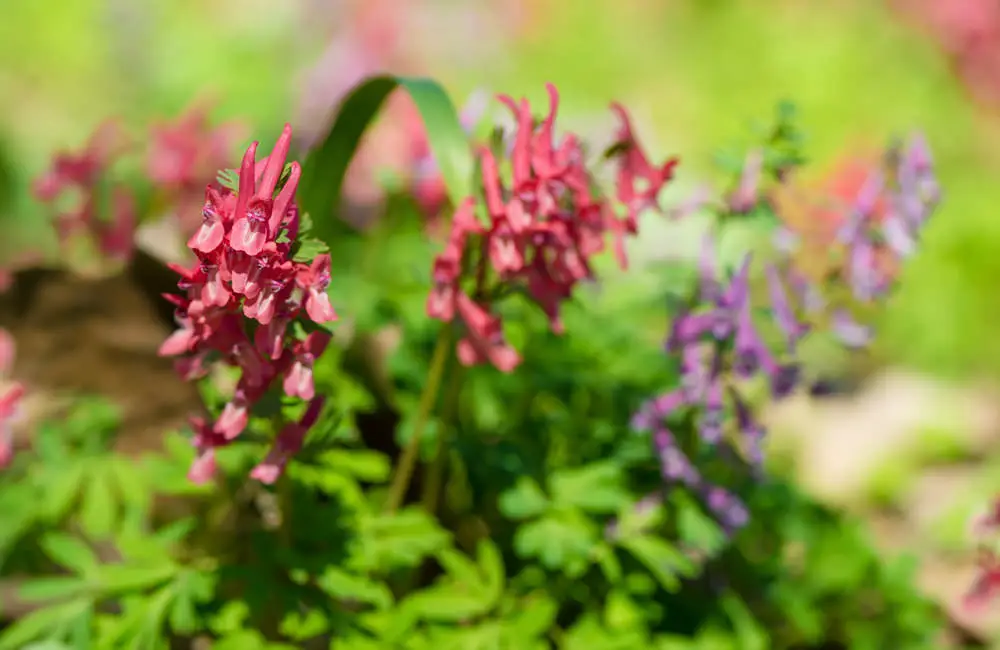
Hollyhock
Hollyhock plants are a type of perennial flowering plant which can be found growing on a variety of soils and slopes. Hollyhock plants belong to the Malvaceae family, alongside cotton and cacao trees, as well as okra and hibiscus.
These plants flower from May until July, generating white flowers with red stamens during this time.
Hollyhocks can grow up to 1 metre tall in their first year, after which they will normally stop growing unless removed completely from the ground.
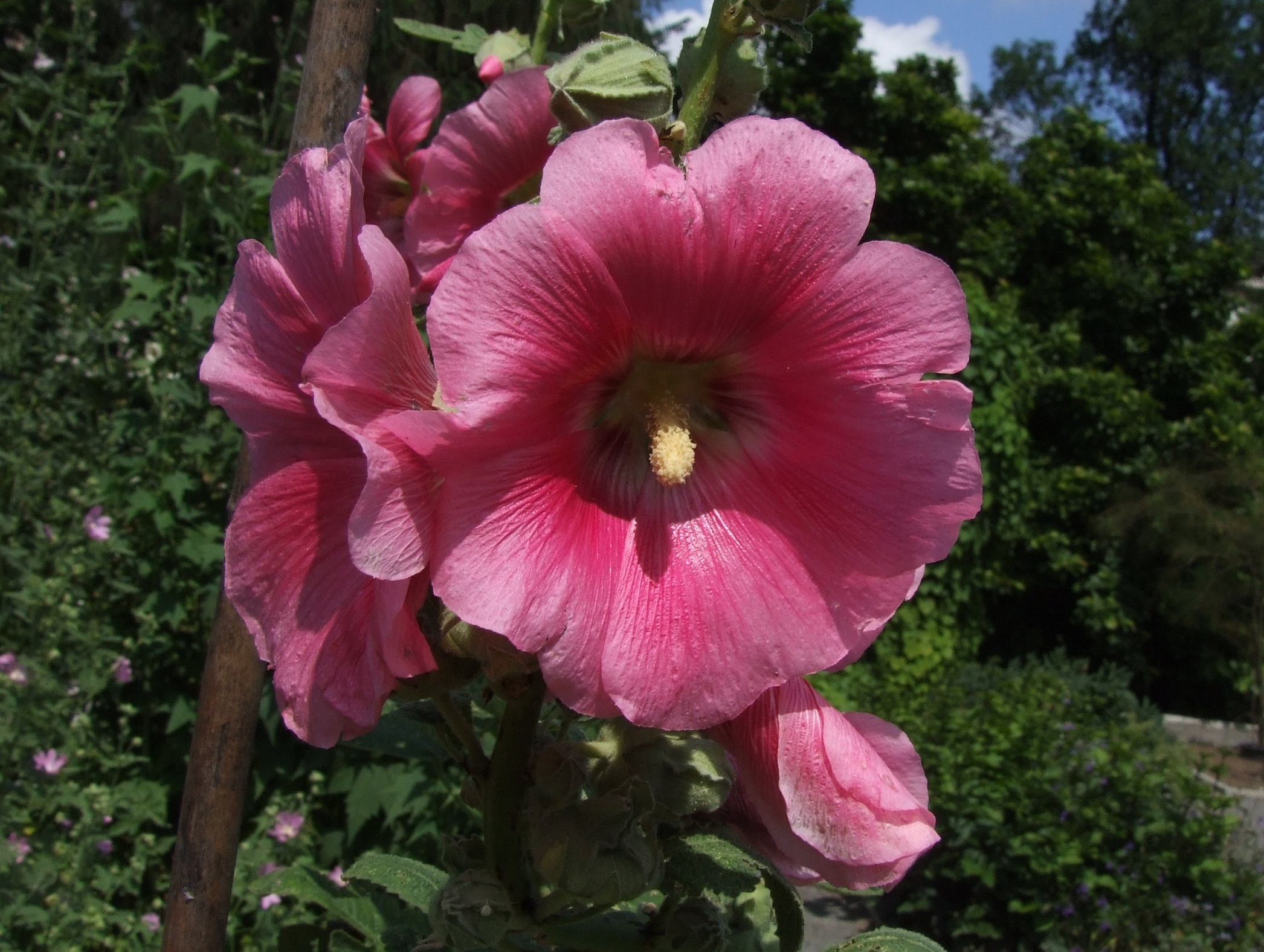
Honesty
Annual Honesty (Lunaria annua) is a member of the family Brassicaceae native to Europe and Asia.
It can be grown both as a biennial and as an annual by choosing one’s climate conditions carefully.
Lunaria grows up to 70 cm tall with little lilac/purple and white flowers and silvery gray leaves.
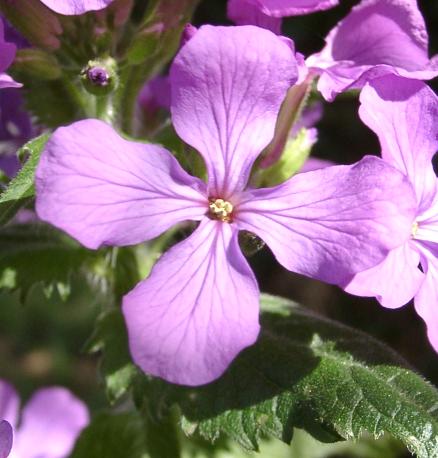
Honeysuckle
Lonicera is a genus of flowering plants in the family Caprifoliaceae, native to Asia, Europe and North America.
They are deciduous or evergreen shrubs and climbing plants, growing to 1–6 m tall.
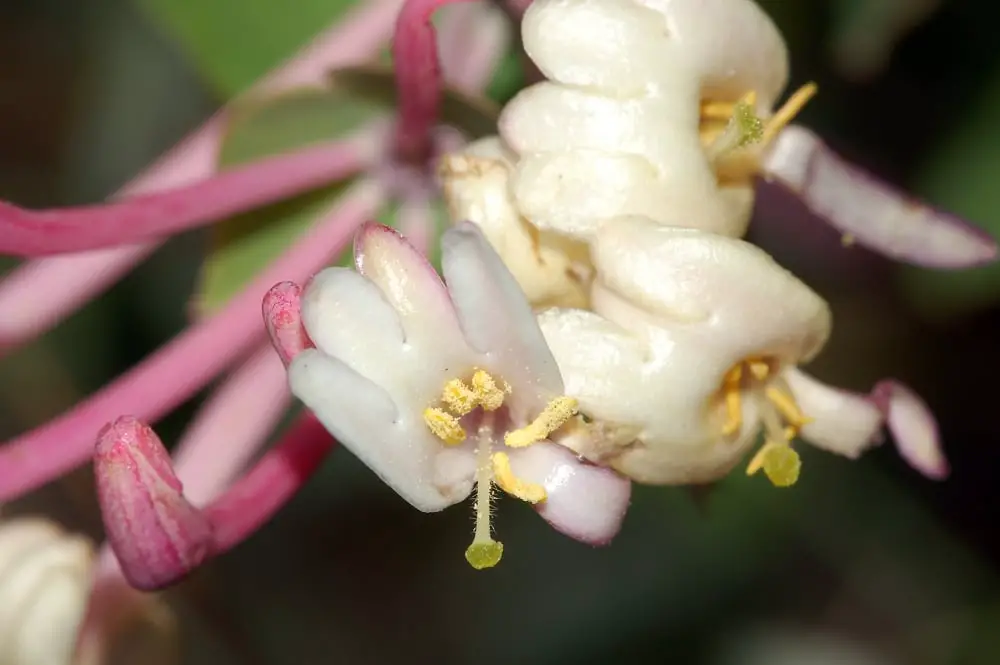
Hooker’s Orchid Cactus
Hooker’s Orchid Cactus (Epiphyllum hookeri) is a climbing cactus that develops a lot of long dense foliage – it creates a unique sculptural effect.
These are showy flowers which appear in summer on the naked portions of the stem.
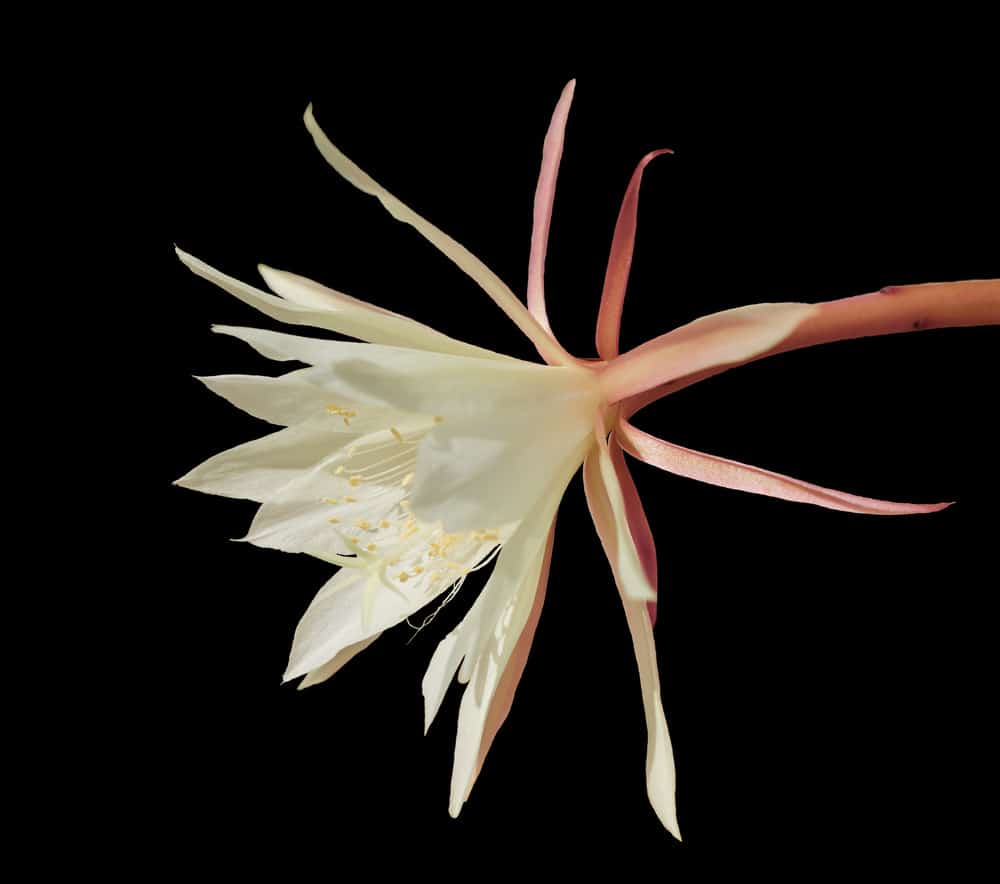
Horned Violet
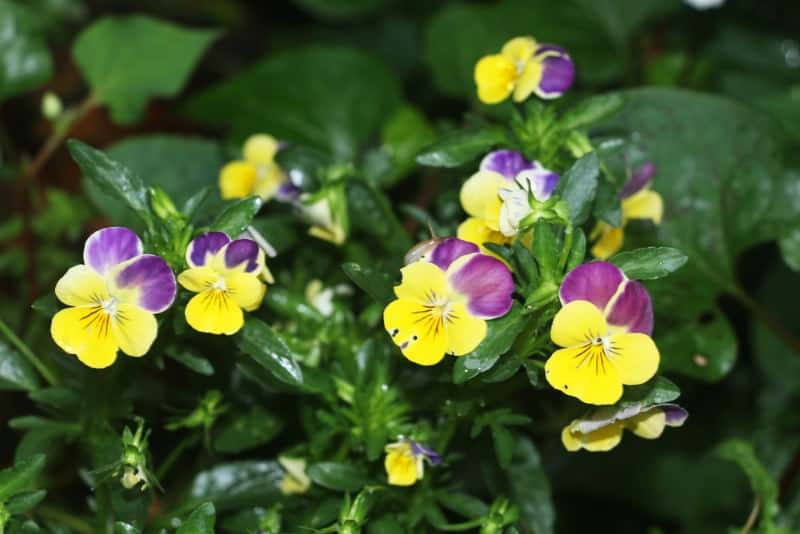
Hosta
Hosta (Plantain lilies) grow from a bulb that grows in the rich, moist soil of area forests.
Hostas are very durable and can survive even when looking a little droopy.
They also make great additions to any landscape project because they add a pop of color and interest to grass or shrubbery areas.
Plantain lily flowers are often purple but can be blue, pink, or red depending on the variety you choose to plant.
They easy to grow, low maintenance, and generally long-lived perennials.
They are much-loved by gardeners and typically do best when grown in the shade.
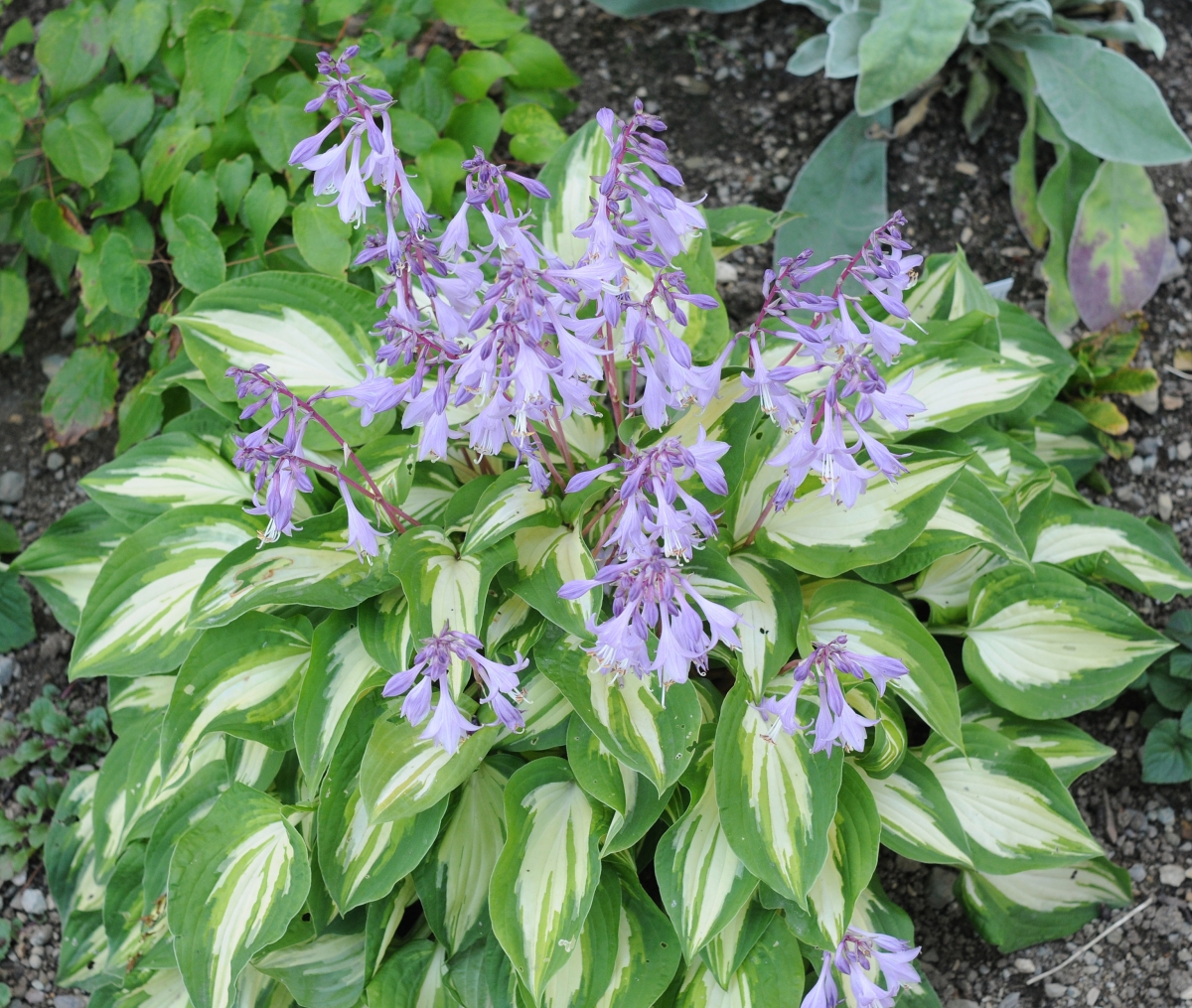
Hummingbird’s Mint
Hummingbird’s Mint (Agastache) is a genus of roughly 250 species of perennial herbaceous flowering plants in the family Lamiaceae.
Agathosma, a closely related plant in the same family, has similar foliage and flowers but is grown for its aromatic leaves rather than its showy flowers.
As the name suggests, these are widely loved by hummingbirds.
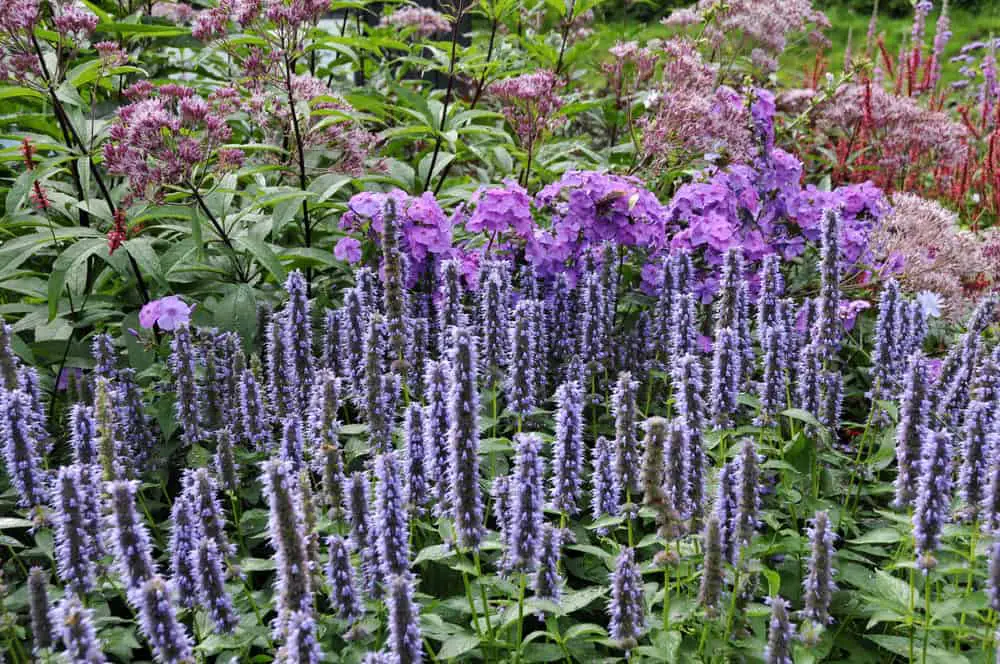
Hyacinth
If you are looking for an easy-to-grow spring flower, Hyacinth might be the perfect choice for your garden.
Hyacinths are pretty plants that produce large blooms in a wide range of colors.
Hyacinth flowers come in white, purple/blue, pink, or red hues and have a sweet smell that fills the air when Hyacinth is in bloom.
Hyacinth is also very long-lasting once cut. Hyacinth stems can last up to two weeks if they are kept in water on display indoors or out.
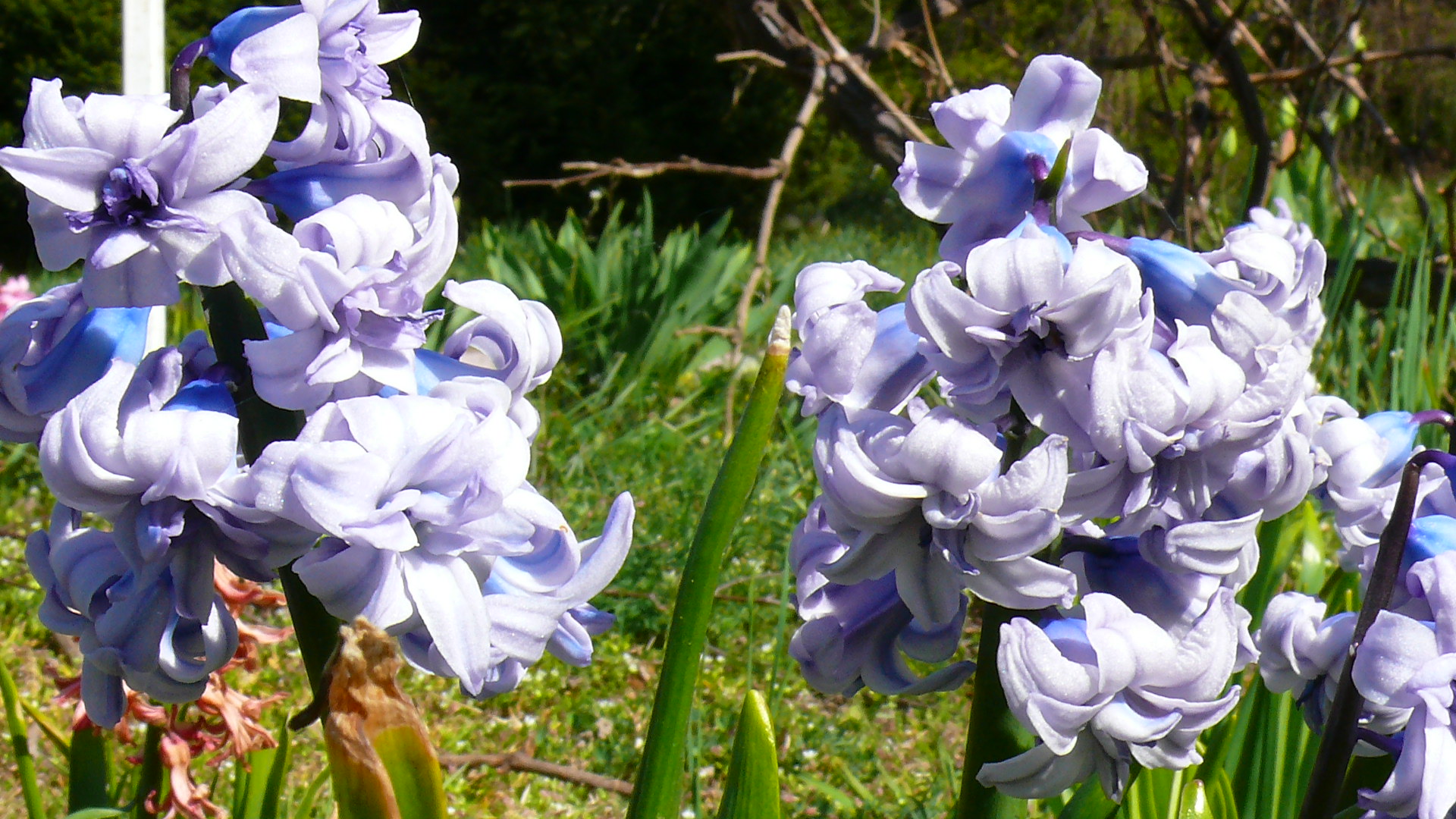
Hybrid Tuberous Begonia
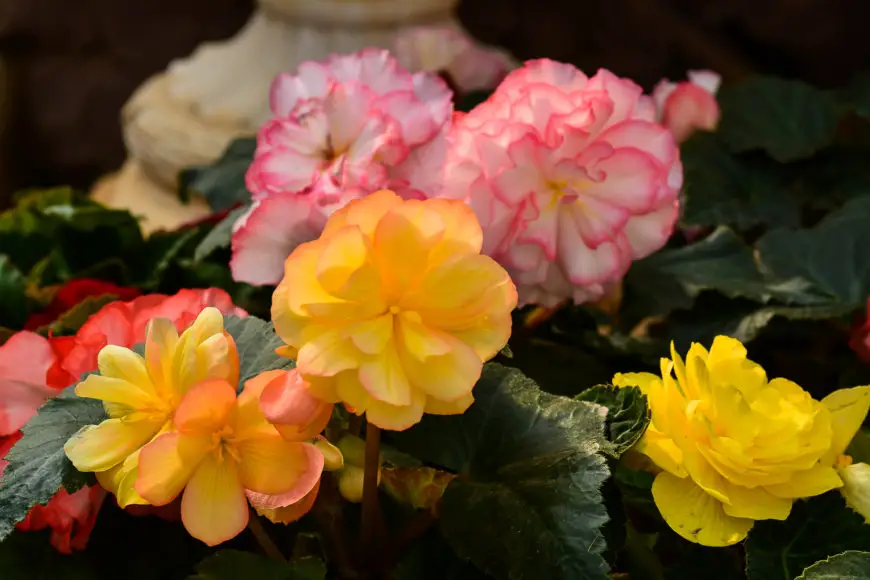
Hydrangea
Hydrangeas come in a wide variety of colors. Blue Hydrangeas are the most common and popular color, but Hydrangeas may also be white or pink.
They typically bloom from about June to September in Northern Hemisphere zones and December to February in Southern Hemisphere zones.
Hydrangea develops differently depending on the PH of the soil. An acidic soil, where the PH is lower than 6.0, often results in blue or lavender-blue blooms.
Alkaline soil, on the other hand, with a pH above 7.0, often develops pinks and reds.
In between, with a pH between 6 and 7, the blooms turn purple or bluish-pink.
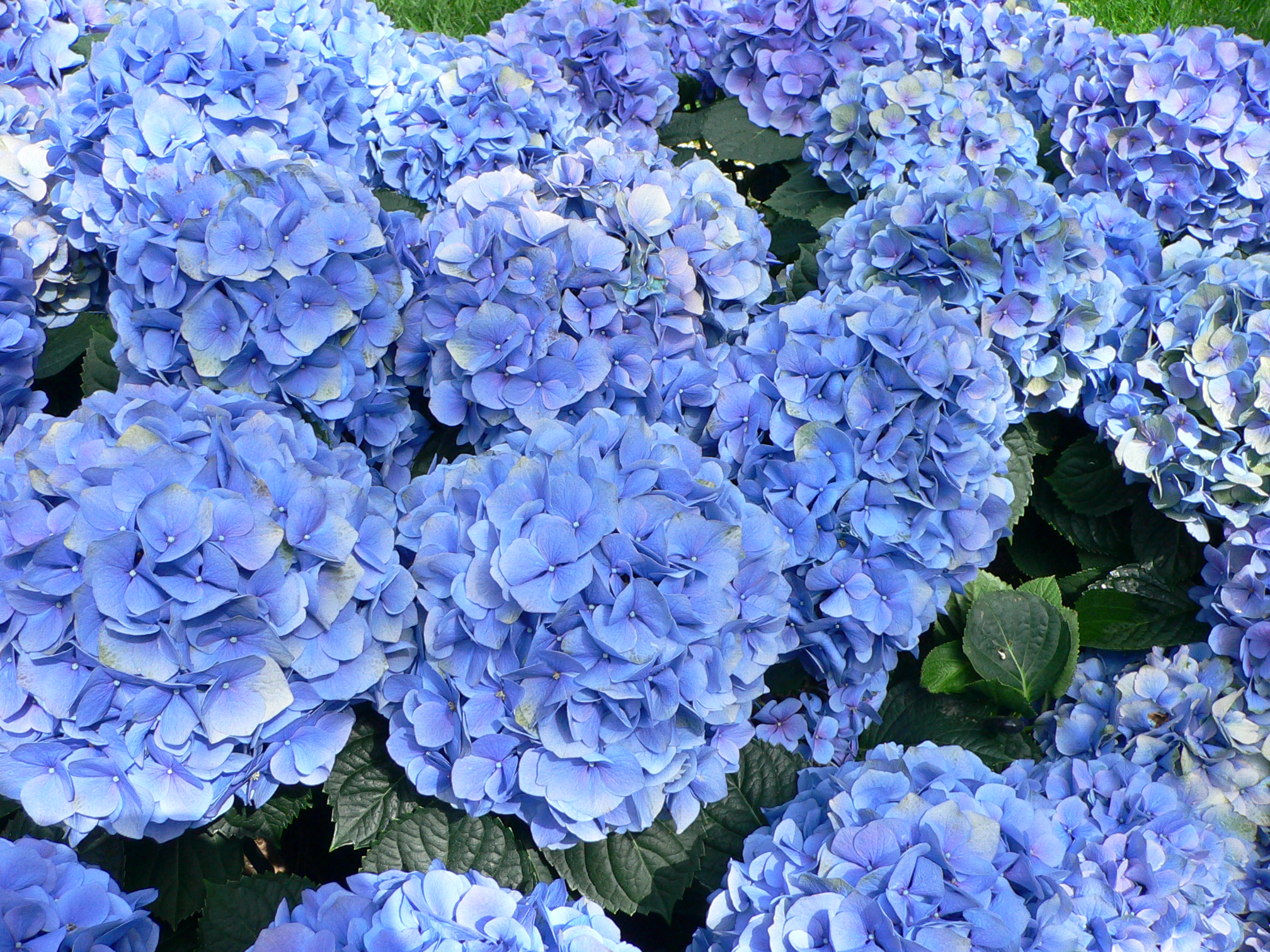
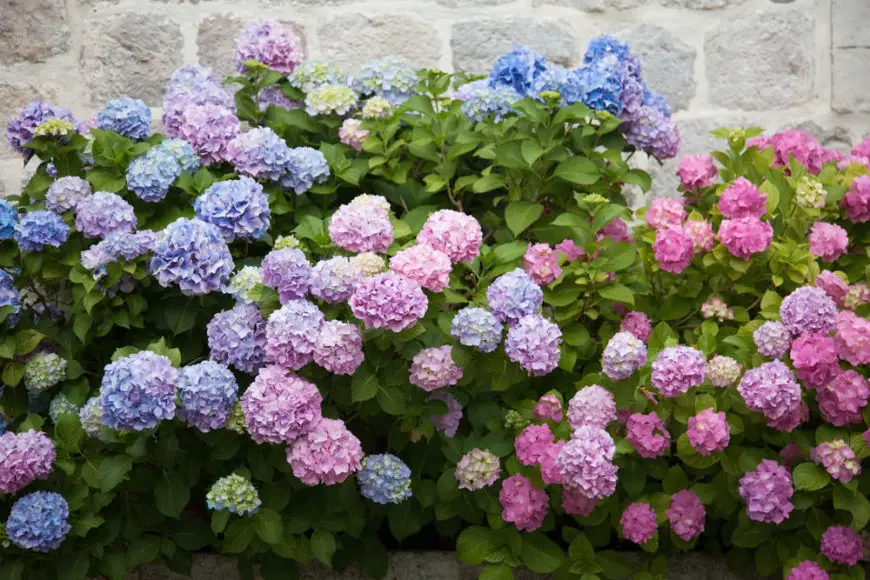
Hypericum
The Hypericum genus consists of about 700 species, all of which are flowering plants that come from the Hypericaceae family.
Hypericum is native to temperate and subtropical regions across the world. It can be found in many different habitats and various ecosystems throughout the world, such as: North America, Europe, Africa and Asia (Culpeper).
Hypericum can grow in single or multi-stemmed shrubs with fibrous roots near the surface of the soil.
Hypericum prefers well-drained soils and does not like waterlogged conditions.
This plant also goes by the name St Johns Wort which has a range of medicinal properties.
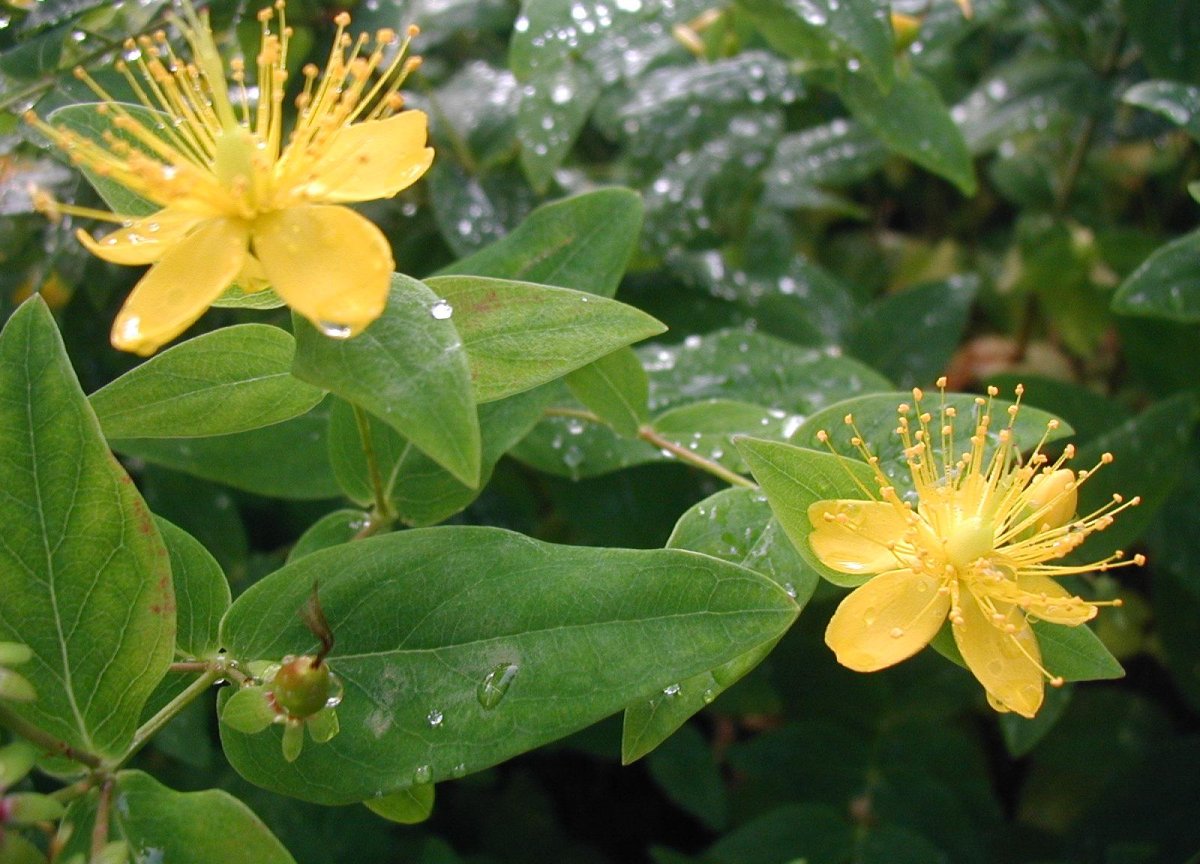
Have a look at our article about the best online flower shops if you want to purchase any of the above flowers for your garden.
